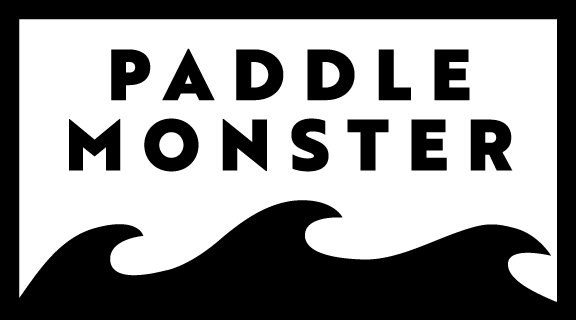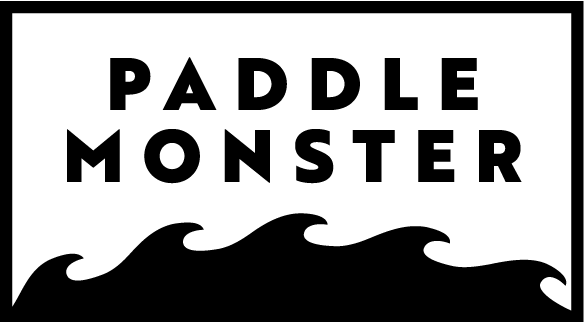Join Paddle Monster
The Paddle Monster subscriptions cover access to all of our paid content from how-to videos on racing, technique, skills, nutrition, and much much more.
Start by joining our free tier to get to know our community or go right to our “Active Paddler” tier and get access to over seven years of videos, how-to’s, technique coaching, etc! If you’re ready to start training with one of our world-class coaches, jump right to “Paddler in Training”!
Paddle
Monster
Monster
Monthly
$0
Get Started
Join at our free level and get access to:
Get Access to TONS of free Paddle Videos and Content
Access to the world-wide Paddle Monster Community
Buy and Sell on the Paddle Monster Classifieds
Participate in a wide range or Paddle Races & Challenges
Subject to Manual Approval - Consider the $9.99 plan for immediate access and tons of exclusive content
Active
Paddler
Paddler
Monthly
$9.99
Our Best Deal
What used to be our Basic Membership, get everything in our free plan plus:
TONS of Detailed Coaching and Technique Videos
Participate in the Paddle Monster Social Feed
Free access to Zooms and Other online events with our coaches
Access to 7+ years worth of recorded "how-to" technique and coaching video
Perfect for new paddlers!
Paddler in
Training
Training
As low as
$60
Monthly. Our one-on-one Personalized Coaching Subscriptions
The plan that includes individualized "Paddler in Training" coaching for those that want to race and place!
One-on-One Paddle Coaching with the Coach of your Choice
Add Strength Training to an extra $20 / Month
Develop Individualized Training Goals and Plans
Customized Race Planning
100% Online


